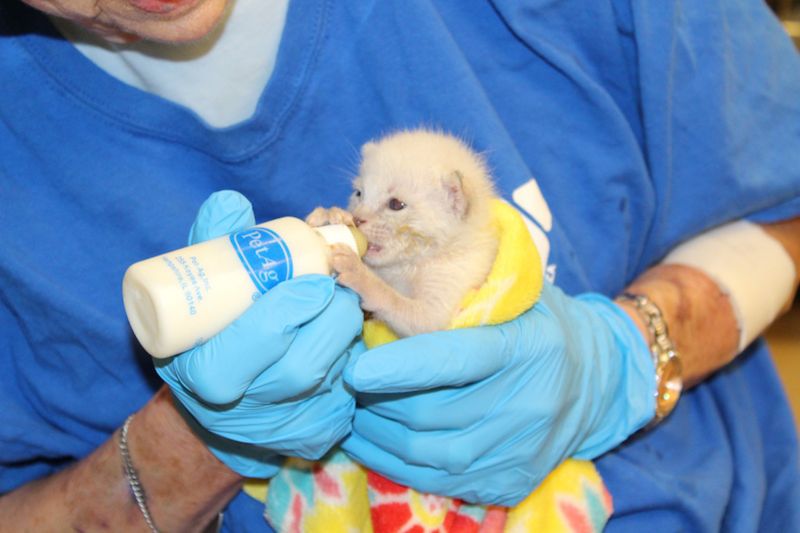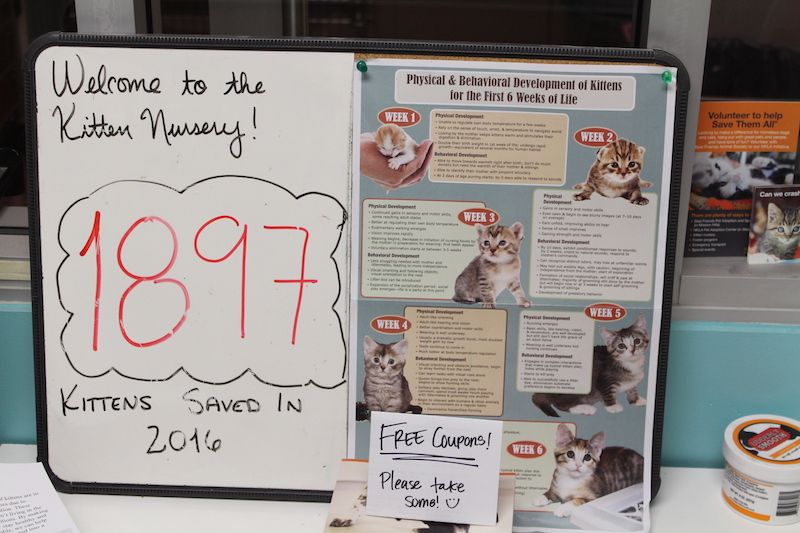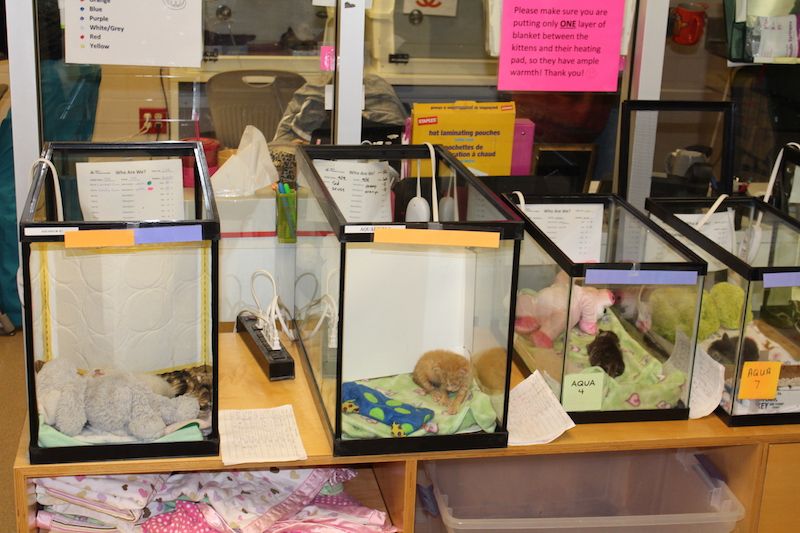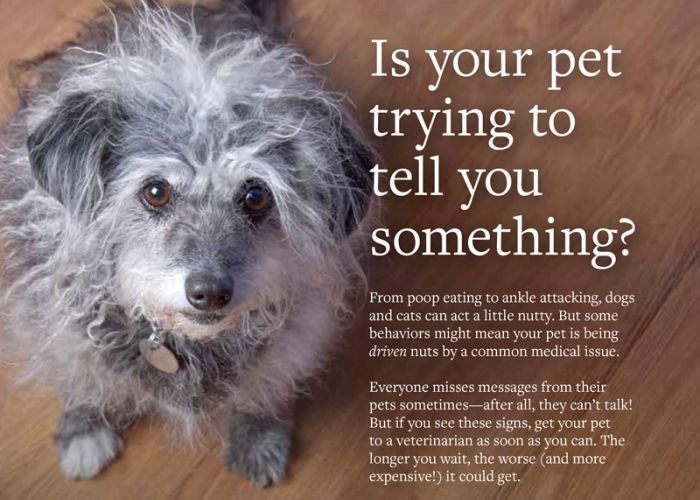Baby love
In its new kitten nursery manual, the National Kitten Coalition provides an in-depth look at innovative solutions for kittens who need extra time and care

For shelter workers and rescue volunteers around the country, spring can seem the cruelest season. That’s when kitten intakes typically peak. They arrive at shelters in cardboard boxes, shopping bags and plastic buckets. Some are orphans found by Good Samaritans; others are the unwanted offspring of people’s pets or community cats.
And while their youth and overall adorableness may give them an edge on the adoption floor, many never make it that far.
Laura Baughman saw that reality when she started volunteering at her local shelter in Washington, D.C., 10 years ago.
“Kitten euthanasias were really high,” she says. “It was horrible to watch.”
In some cases, the kittens were simply too young: ranging from newborns whose eyes had yet to open to unweaned, wobbly-gaited toddlers. Others were suffering from upper-respiratory illnesses that their immature immune systems needed time to fight off. In either case, they required weeks or months of care before they could be made available for adoption, and the shelter simply didn’t have the space or resources.
While searching for solutions, Baughman learned that a handful of shelters and rescue groups were tackling the problem in an innovative way, establishing kitten nurseries to care for their youngest and most vulnerable felines.
“We need this,” was her first thought. Her second thought was that she needed a business plan.

As an economist who analyzes trade policies, Baughman is no stranger to research. But what she found online was “very general, 25,000-foot information about kitten nurseries—nowhere near detailed enough to help me write a business plan.”
So she reached out to the National Kitten Coalition, a nonprofit that provides training and educational resources to help shelters and rescue groups better care for neonates and other at-risk kittens. After securing a grant to cover expenses, Baughman and other coalition members visited five successful kitten nurseries—in New York City; Los Angeles; San Diego; Austin, Texas; and Jacksonville, Florida. They interviewed staff and volunteers, reviewed budgets and protocols, toured facilities and took copious notes.
That information is now part of the recently published manual, “Launching and Operating a Successful Kitten Nursery.” Beautifully organized and easy to follow, the manual covers everything from financial, staffing, space and equipment needs to sample forms and recommended protocols, a list of daily supplies, and strategies for long-term sustainability and measuring impacts.
“We’ve got all the information in one place,” Baughman says. “You need a lot of things you wouldn’t think about.”

She doesn’t expect every organization to immediately launch its own kitten nursery; rather, the goal is “to help them think it through” and learn from the experiences of established programs with varying resources and challenges. In some cases, the manual emphasizes, an expanded foster care program may be a better option. For organizations that have recently launched a kitten nursery, she hopes the information will help them navigate the inevitable “bumps in the road.”
Baughman is now a volunteer with the National Kitten Coalition and fosters kittens “nonstop.” She recently met with two shelters in the D.C. metro area that are interested in launching kitten nurseries.
“I know what’s involved now, and it’s a very serious endeavor,” she says. That said, she’s impressed by how organizations with limited funding still manage to pull it off. Even if you don’t have a lot of resources, those organizations serve as an example, she says, “of how you can make it happen if you really want to make it happen.”







